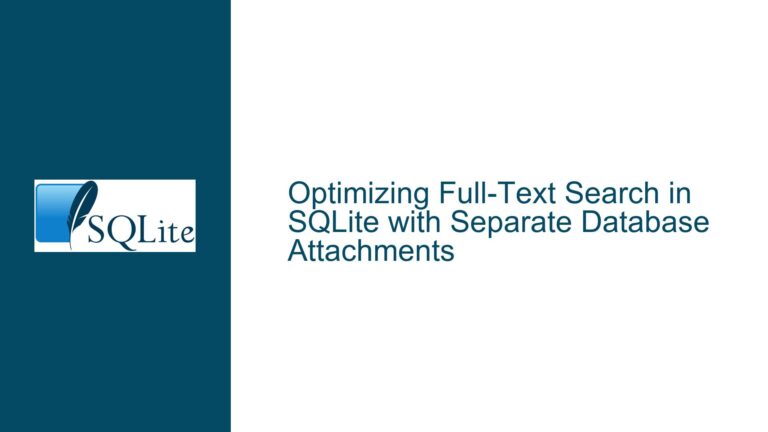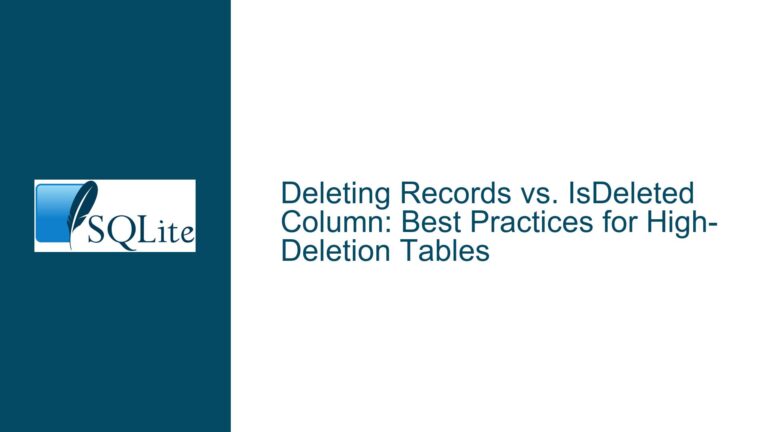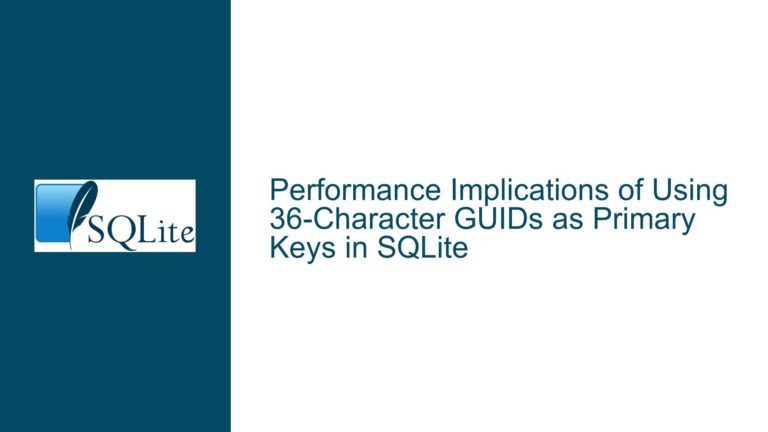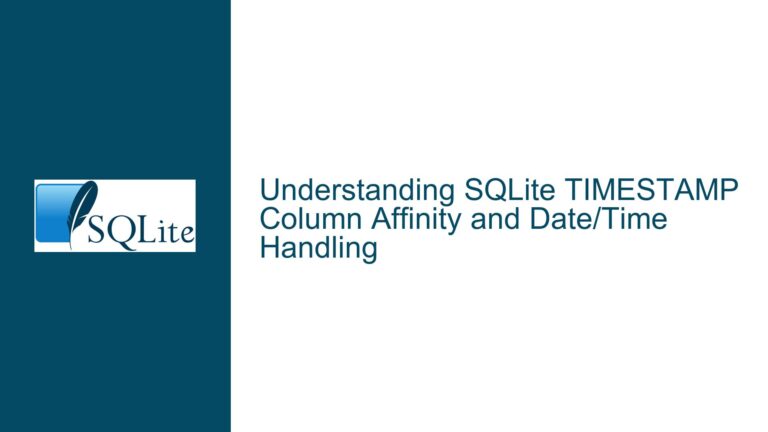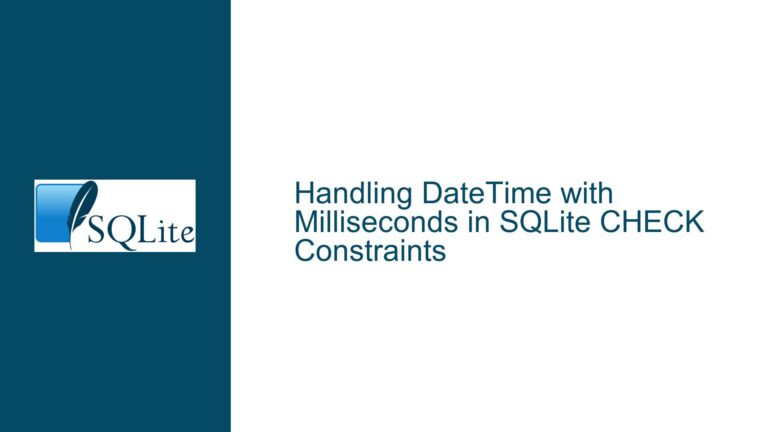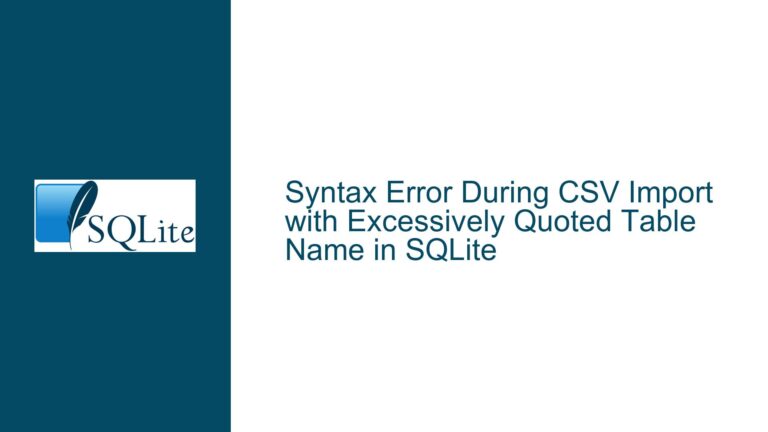Optimizing Full-Text Search in SQLite with Separate Database Attachments
Understanding Full-Text Search and Database Attachments in SQLite Full-text search (FTS) in SQLite is a powerful feature that allows users to perform complex text searches across large datasets efficiently. SQLite’s FTS extension provides a virtual table mechanism that enables indexing and querying of text data. However, as datasets grow, managing FTS tables alongside primary data…
